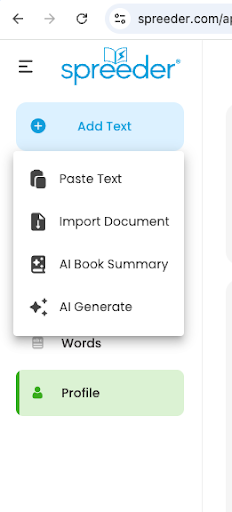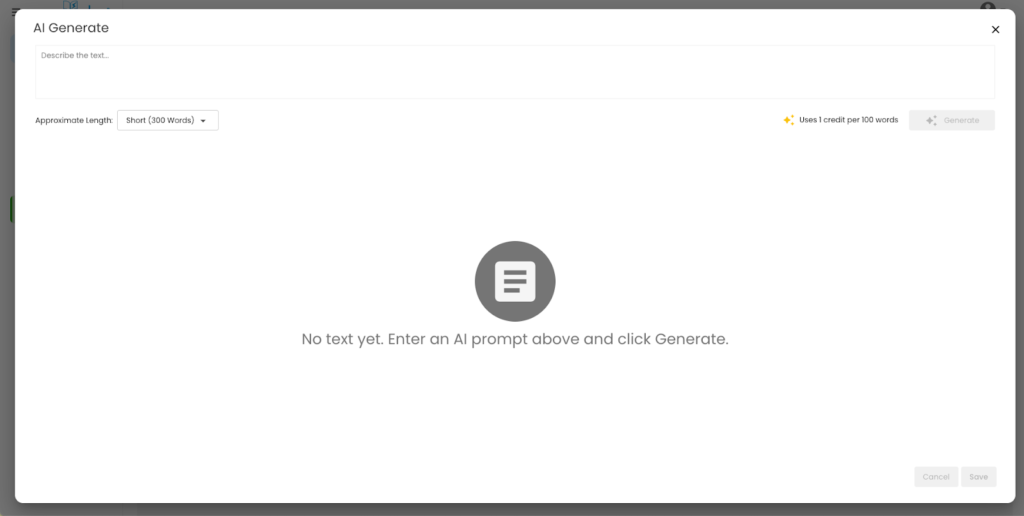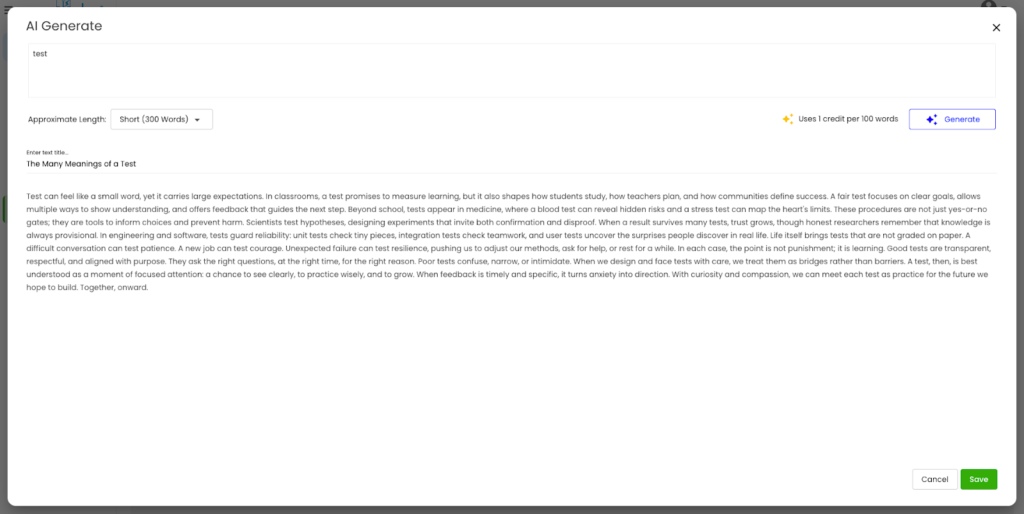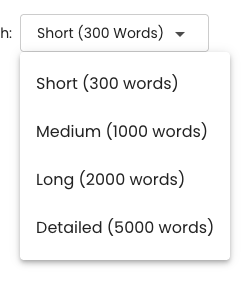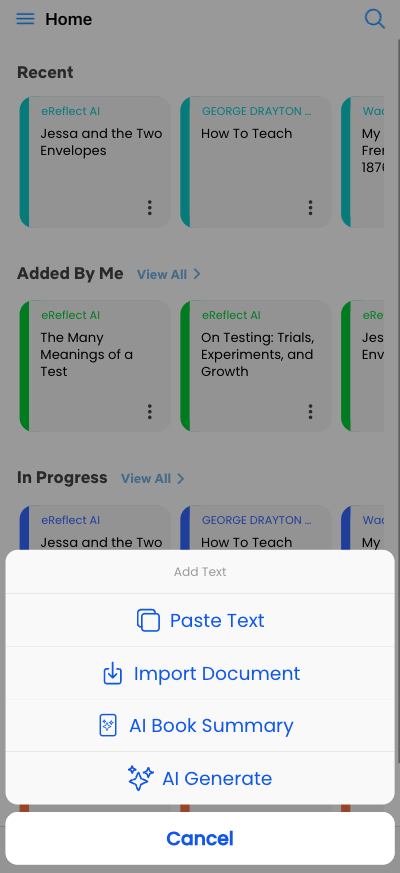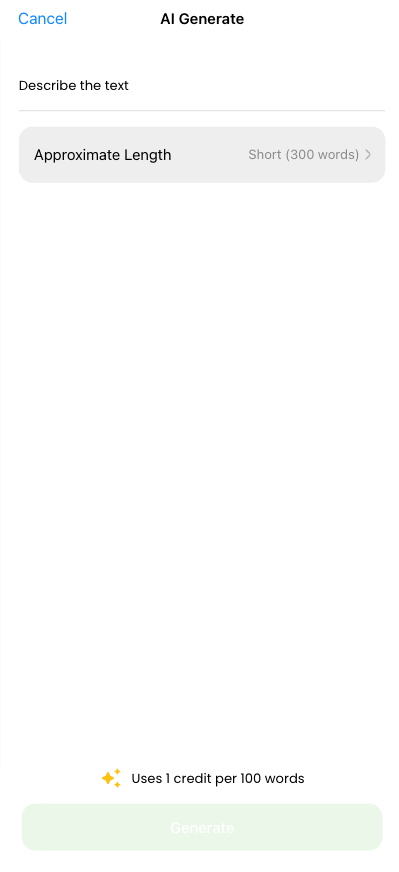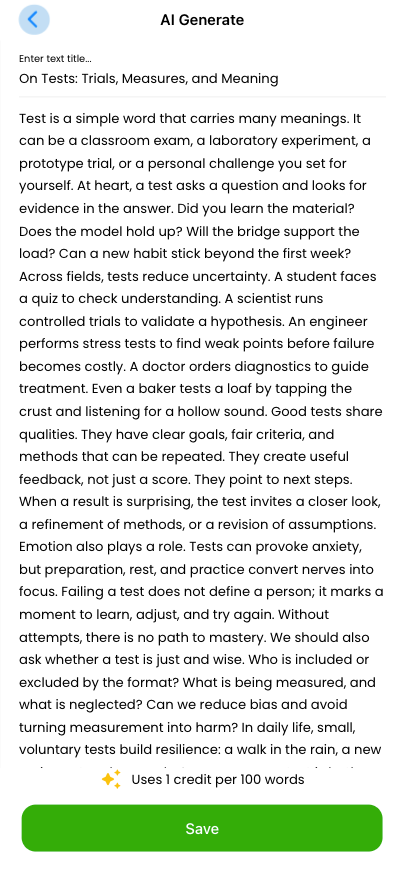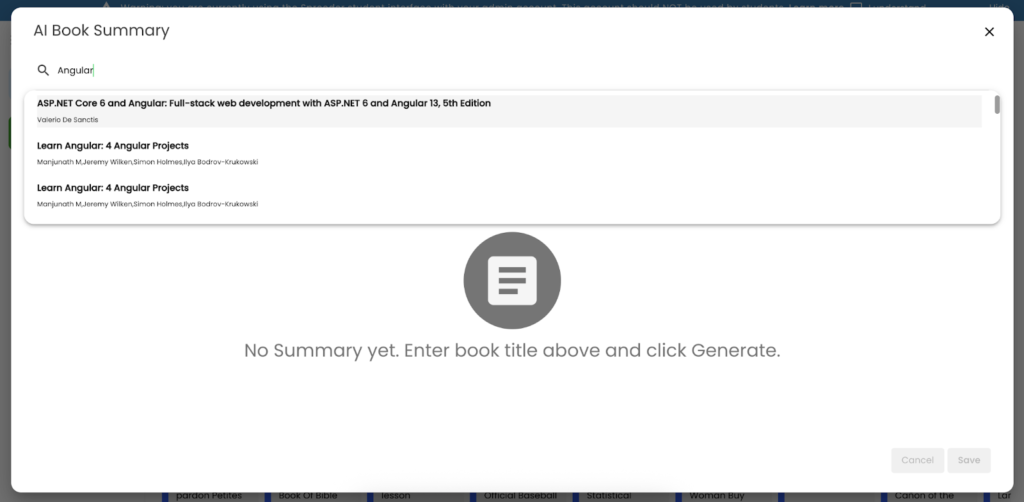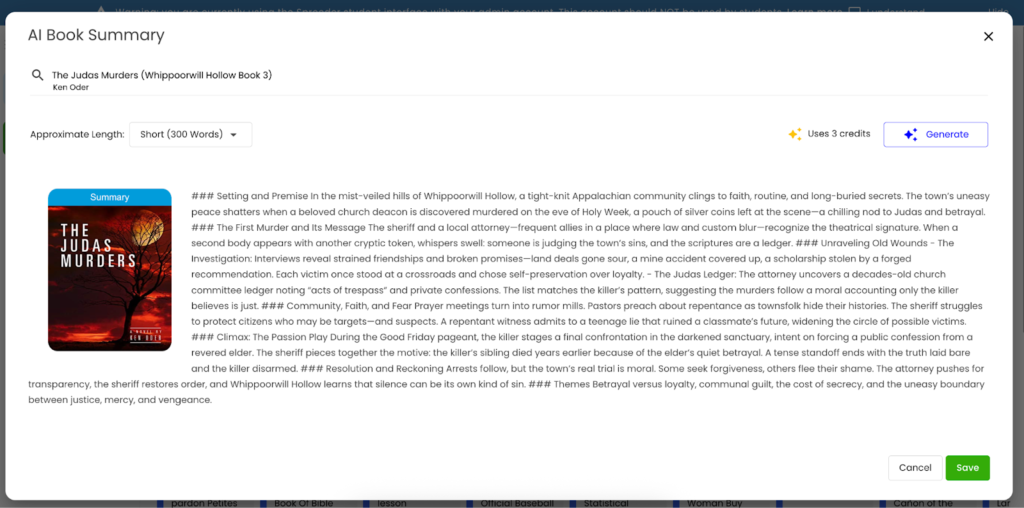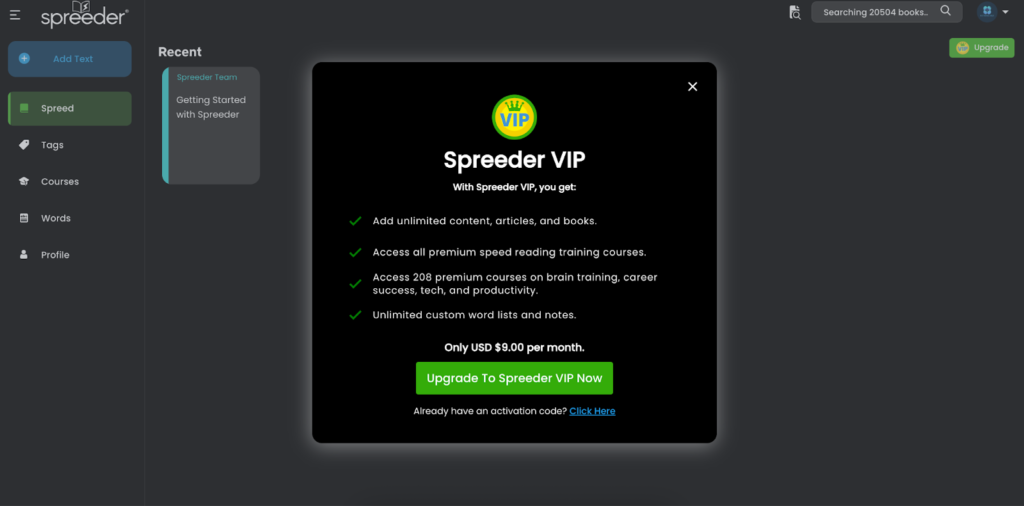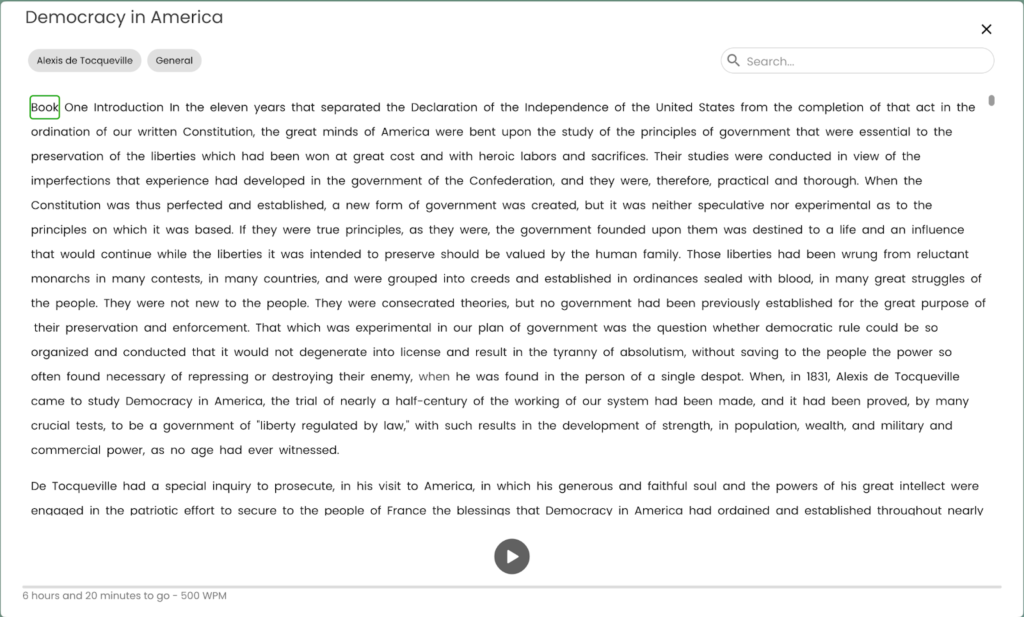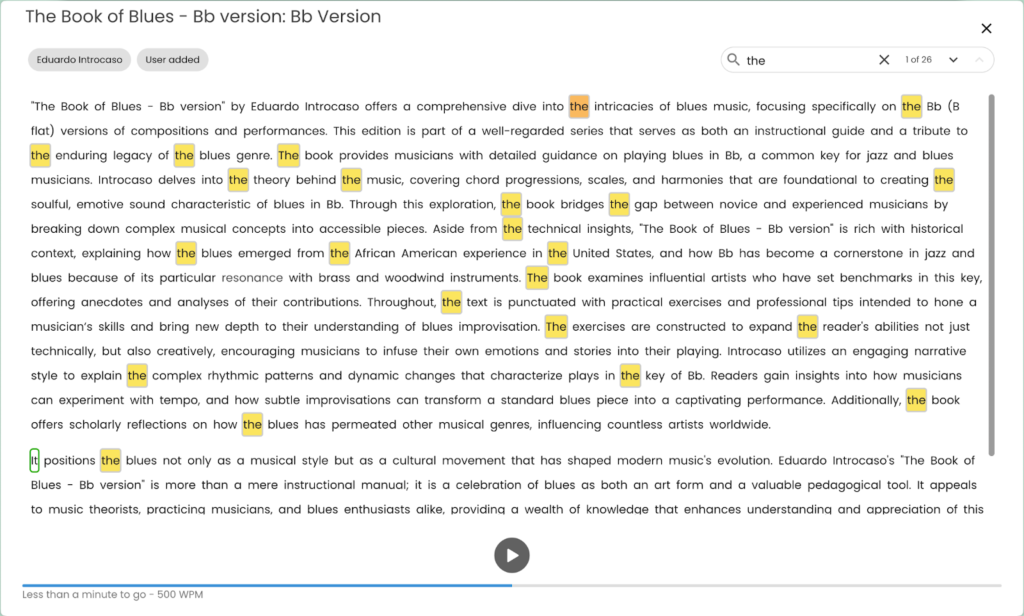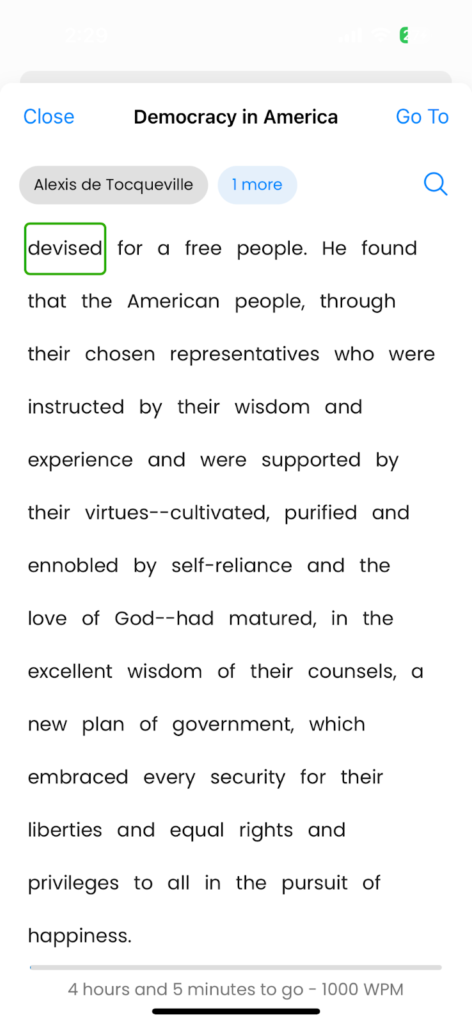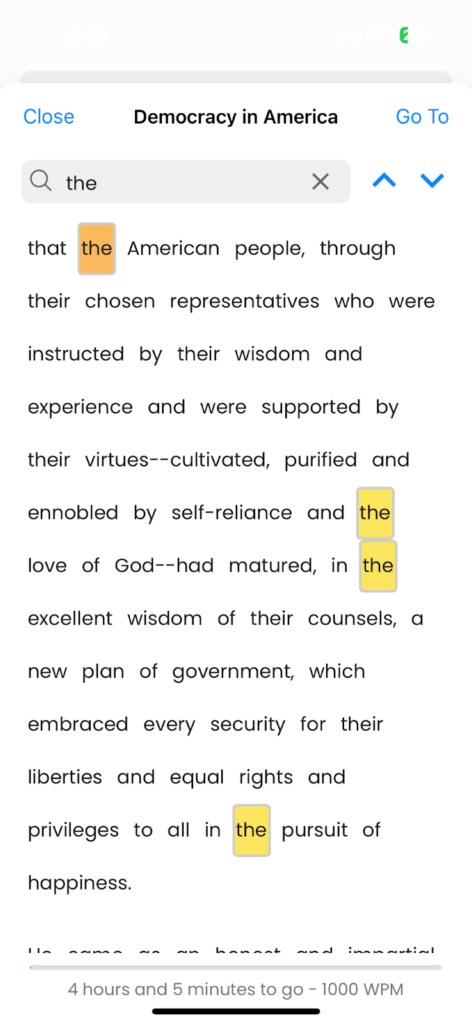Picture this. You’re staring at a stack of reports, emails piling up like autumn leaves, and suddenly it hits you: what if you could grasp the key points in half the time? That spark of realization changed everything for me once. I remember fumbling through a project plan, feeling buried under details, until I learned to scan smarter. It wasn’t magic; it was just picking up speed in how I absorbed info. And honestly, that shift turned frustration into forward motion.
In those early days of juggling work ideas, I found that quick comprehension isn’t some fancy trick for bookworms. It’s a real booster for getting things done. Take turning concepts into tangible stuff, for example. When you need to move from sketches to actual prototypes and production parts, understanding specs fast means less downtime and more creation. I’ve watched teams stall because someone misread a blueprint, but flip that around with sharp, speedy reading, and progress rolls in like waves.
You know what? Speed in grasping text or data frees up your brain for the fun part: innovating. No more slogging through endless paragraphs. Instead, you spot patterns, connect dots, and leap ahead. But wait, actually, it’s not always about racing through words. Sometimes, it’s pausing on the right ones that sparks the big win.
The Thrill of Catching On Quick
Let’s talk about why this matters so much. Life throws info at us nonstop, from news feeds to work docs. If you linger too long on every sentence, days slip away. Quick comprehension flips the script. It lets you soak up knowledge like a sponge, then squeeze out ideas that stick.
Think about learning a new skill. Say you’re picking up coding or design basics. Traditional reading might take hours per chapter. But with faster techniques, you cover ground in minutes, building momentum. It’s empowering, really. You feel capable, ready to tackle tougher stuff. And in my experience, that confidence snowballs into actual achievements.
Short bursts of focus help here. Glance over headings first. Then dive into chunks. This isn’t cheating; it’s smart. People often worry they’ll miss nuances, but practice shows you catch more overall. Weird how that works, right?
Everyday Tricks to Sharpen Your Edge
So how do you build this habit? Start simple. Try skimming articles daily. Look for bold words, summaries at the end. It trains your eyes to zip along without losing the gist.
One method I swear by is using your finger as a guide. Trace under lines to keep pace. Sounds basic, yet it cuts out daydreaming. Another: group words together. Instead of one-by-one, read in threes or fours. Your brain adapts quickly, turning jumbles into clear thoughts.

Image from Unsplash
And don’t forget to ask questions as you go. Ask yourself, “What’s the main point here?” It keeps engagement high. I once tried this on a dense report; cut my time in half. It felt like unlocking a secret level in a game.
But here’s a twist. Sometimes, slowing down on complex bits pays off. Quick isn’t always rushed. It’s about balance, adjusting speed to the material. That flexibility? Gold for real progress.
Mix in apps or tools for practice. Things like Spreeder or even free online timers. They push you gently, building stamina. Over time, what feels awkward becomes second nature. I’ve seen friends transform their study routines this way, going from overwhelmed to on top.
From Ideas to Action: Where It Really Shines
Now, picture applying this in the real world. In business, quick comprehension means spotting opportunities fast. A market trend pops up in a newsletter; you grasp it instantly and pivot. No waiting around.
Or in creative fields. Writers, artists, they thrive on rapid intake. Absorb influences quick, then blend them into fresh work. It’s like fueling a fire; the faster you add logs, the brighter it burns.
Take manufacturing again. Understanding tech docs swiftly leads to smoother builds. You avoid errors, save costs. I’ve chatted with folks in that space; they say comprehension speed is their edge. One guy told me how he turned a vague client brief into a solid plan overnight. Progress? Absolutely.
But let’s be real. Not every day is a win. Distractions creep in, like phone pings or fatigue. That’s when routines help. Set aside quiet slots for focused reading. It rebuilds that sharp edge.
And emotionally, it lifts you. Less bogged down means more space for joy, hobbies. You know, the stuff that makes life hum. I recall a phase where I felt stuck; ramping up my reading pace opened doors I didn’t see before.
Hurdles and How to Hop Over Them
Of course, it’s not all smooth sailing. Some texts resist quick scans, like legal jargon or dense science. That’s okay. Adapt. Break them into bites, summarize each part.
Doubt can hit too. “Am I really getting it?” Test yourself. Quiz on key facts after. Builds trust in the process.
Another snag: overconfidence. Speed without depth flops. So mix in reflection. Jot notes, discuss with others. It cements understanding.
Personally, I hit a wall early on. I thought I was flying through books, but retention dipped. Adjusted by reviewing highlights later. Problem solved. These tweaks make the difference.
Wrapping It Up with Lasting Momentum
Quick comprehension isn’t a fad; it’s a tool for life. It drives progress by clearing paths, letting ideas flow free. Whether in work, learning, or play, that edge counts.
Give it a shot today. Pick an article, time yourself. See the shift. You’ll wonder why you waited.
In the end, it’s about owning your time, turning info into action. And that, my friend, sparks real change.








